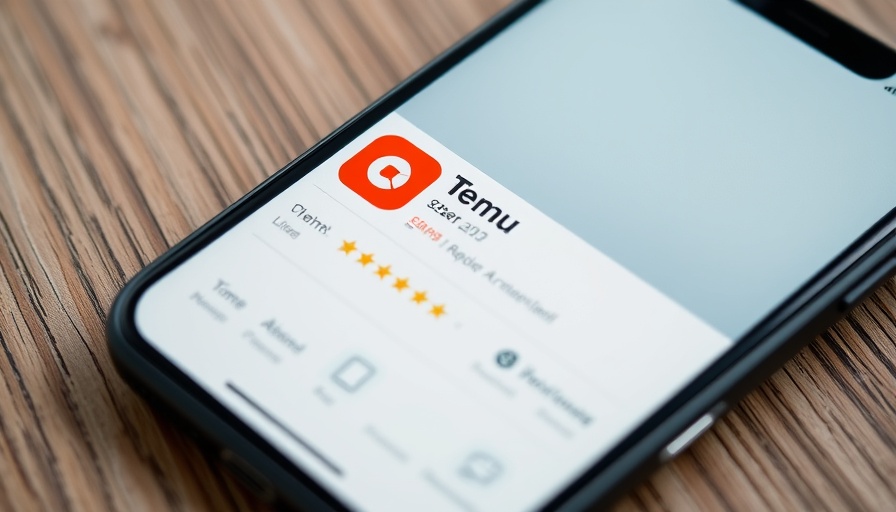
Innovative Engagement Tactics in Events
In the world of B2B marketing, trade shows often act as a paramount platform for connection and engagement. According to Jon Wolff, Senior Global Events Manager at Lenovo, successful engagement hinges on strategic planning and intentional design. Times are changing, and with them, the expectations of event attendees. Gone are the days when simply having a booth sufficed; today’s attendees desire immersive and interactive experiences that speak to their needs and solve their problems. Wolff emphasizes that understanding your audience's intent leads to more tailored experiences and ultimately drives lead generation.
The Financial Landscape of Trade Shows
However, planning these experiences isn’t without challenges, especially when you consider the budget constraints many businesses face. As tariffs fluctuate and economic conditions shift, the financial aspect can weigh heavily on event managers. Wolff notes that businesses generating $2M–$10M in annual revenue must develop ingenious ways to make their trade show budgets stretch further. By leveraging partnerships, sponsorships, and tech solutions, they can create high-impact booths without breaking the bank.
Maximizing ROI Through Tactical Design
Intentional design has become a key buzzword in the event industry, and for good reason. An aesthetically pleasing and strategically designed booth can drastically improve customer acquisition strategies. Wolff suggests incorporating technology—think virtual reality activities or interactive displays—that creatively convey your brand’s message while minimizing costs. It’s about more than just the visuals; it’s about crafting an experience that resonates long after the attendee has left your presence.
Preparing for the Future of Events
As we look ahead to 2026, the trends that emerge from Wolff's insights suggest a future where hybrid events blend in-person engagement with digital experiences. This marriage of physical and digital not only broadens reach but also caters to diverse audience preferences. By preparing for these inevitable shifts, businesses can stay ahead of the curve and ensure their marketing strategies are robust enough to adapt to new events landscapes.
Building Connections that Last
Ultimately, Wolff’s 10 minutes spotlight the vital importance of underscoring human connections at events. In an increasingly digitalized world, the craving for face-to-face contact and meaningful dialogue remains. By prioritizing genuine interactions, brands can cultivate a community that drives continuous engagement and leads beyond just the event.
As we continue to navigate the evolving dynamics of event marketing, it’s clear that understanding the nuances of demand generation and customer engagement strategies is essential for success. So how can you enhance your event strategies today? Start looking into new tactics and design methodologies that will elevate your next trade show experience, ensuring it delivers tremendous value for both your business and your audience. Each event should be an opportunity to build lasting relationships rather than just a sales pitch.
 Add Row
Add Row  Add
Add 



Write A Comment